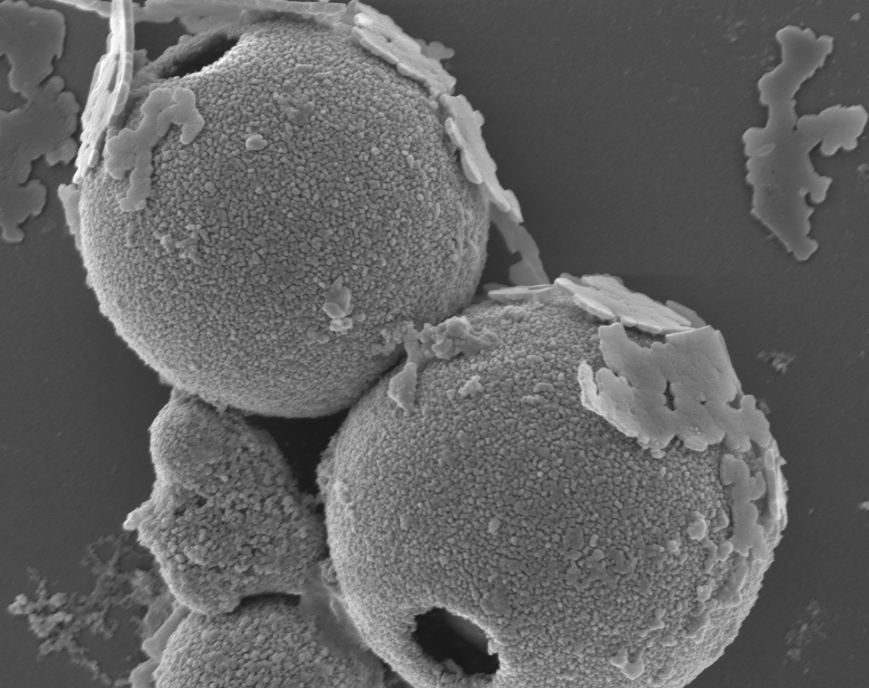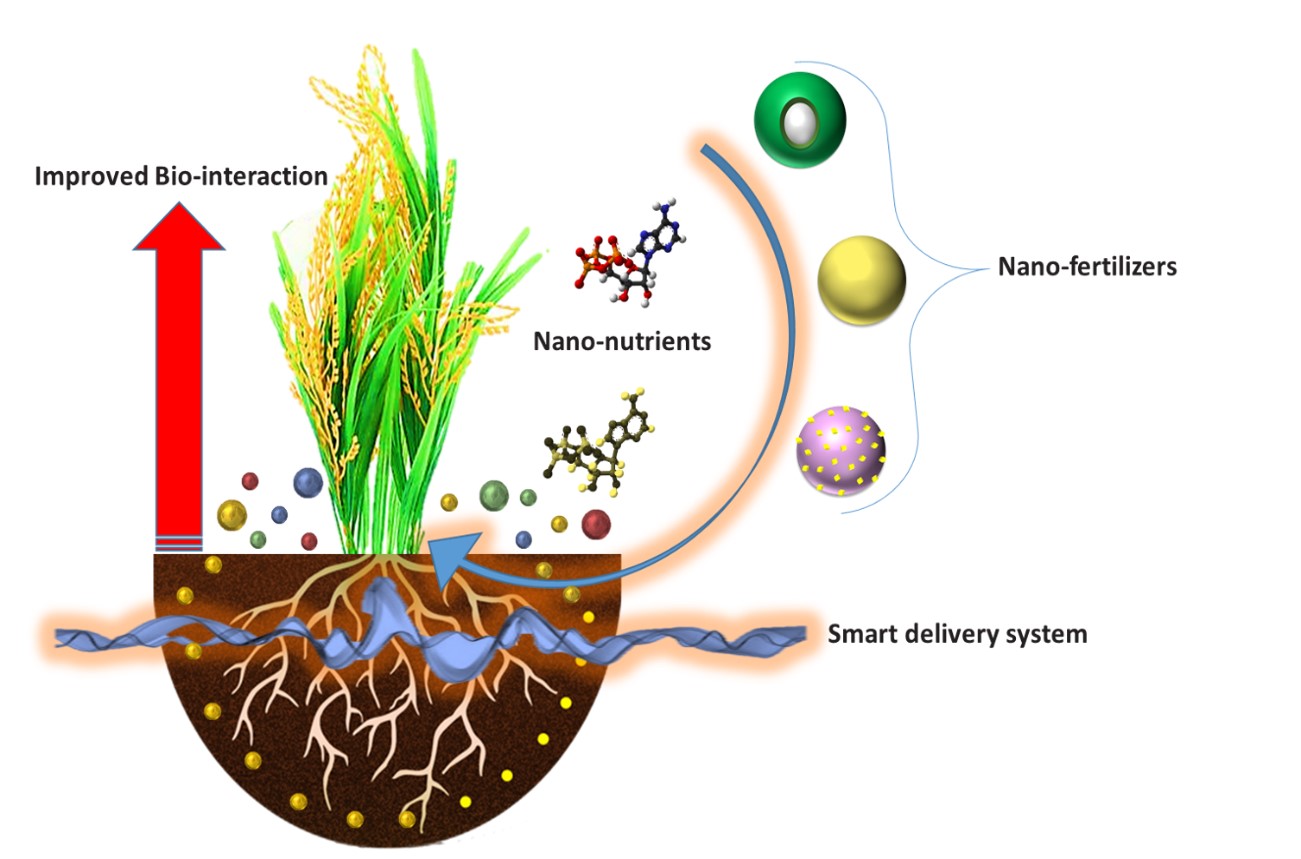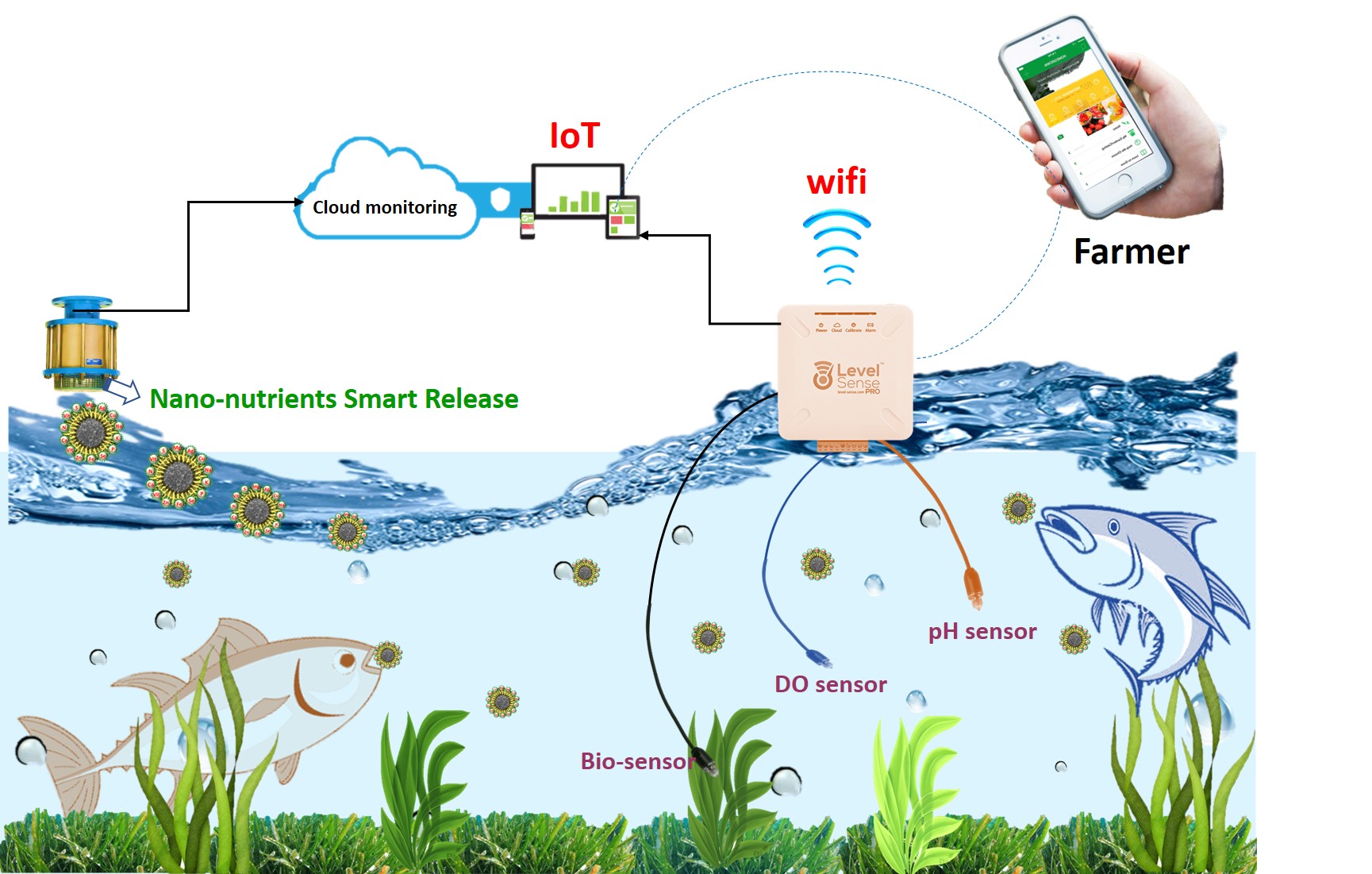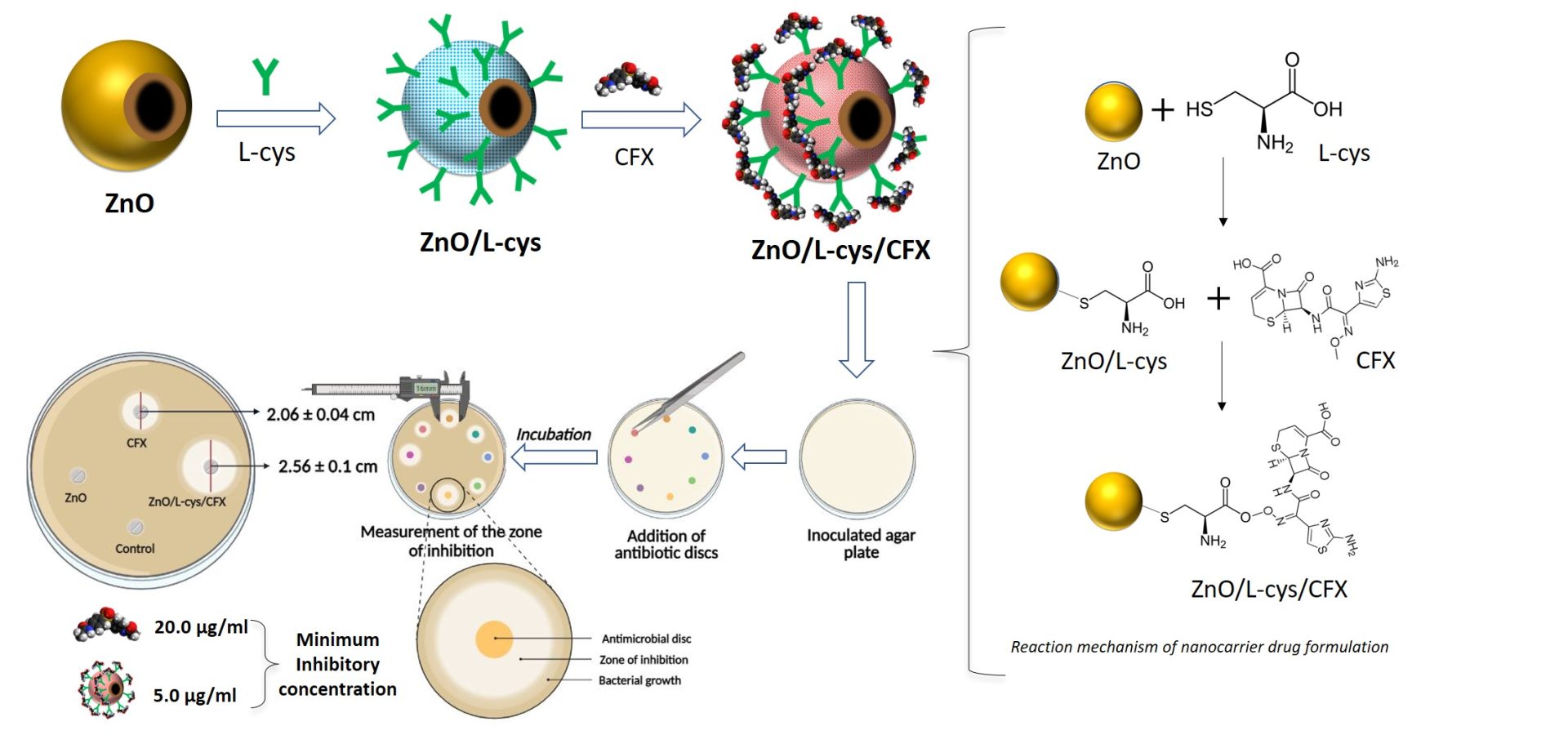Research
Electrochemistry

Electrochemistry is a truly multidisciplinary science which can be applied to a variety of fields within the physical, chemical and biological sciences. The field of electrochemistry represents an important area of modern research which unified the studies of electricity and chemistry. In essence electrochemistry is concerned with the reaction of a chemical species at the interface between an electron conductor and an ionic conductor where there is a transport of charge between the chemical species and the electrode. The applicability of electrochemistry and the electrochemical processes are relevant to a variety of broad areas are highlighted such as energy conversion and storage, electrosynthesis, corrosion and electroanalytical chemistry which is only a selection of many topics currently being investigated in the field. Electroanalytical chemistry is a branch of analytical chemistry that uses electrochemical techniques to study an analyte in solution. This can encompass traditional analyte detection and quantification through established methods of coulometry, potentiometry and voltammetry but also mechanistic studies of electrochemical oxidation/reduction processes at the macro or indeed atomistic or molecular level by use of sophisticated instrumentation, novel nanomaterials and appropriate theoretical modelling. A particularly successful demonstration of an electroanalytical device is the glucose biosensor which relies on the use of an immobilized enzyme (glucose oxidase) on an electrode surface to facilitate glucose detection. The area of electrochemical sensing is vast from heavy metal ion sensing to detecting neurotransmitters.
The research team of Laboratory of Nano-bio and Advanced Materials Engineering has been developed various type of electrochemical sensing pathway for detecting various substance such as Biomolecules, heavy materials, neurotransmitter, antibiotics and pesticides. The aim of the research group is to develop nanomaterials- based electrochemical sensors for sensitive and selective determination of biomolecules, heavy materials, neurotransmitter, antibiotics and pesticides, etc. Our team has made pioneering contributions towards the developing electrochemical sensor for monitoring organophosphate pesticide in vegetables (Figure 1), melamine in milk (Figure 2), 3rd generation antibiotic ceftizoxime in urine (Figure 3).
Nano-biosensor is a powerful tool for the rapid and sensitive determination of pathogens, diseases, genetic disorders, drug screening, and other in vitro diagnostics applications. Nano-biosensors do exhibit the potential to detect analytes in solution at very low concentrations. This is critical for medical applications in that one is able to detect the biomarkers for diseases. This should lead to a better and earlier prognosis, and eventually lead to a better medical protocol for the treatment of the disease. A nano-biosensor consists of a receptor transducer and detector that generate a digital output. The transducer then converts the signal analyzed by the detector. The efficiency of nano-biosensor can be improved by employing nanostructure materials, conductive polymers, functional cross-linker.
The main goals of NAME-lab are developing portable and rapid biosensing tools for monitoring bacteria and viruses of different infectious disease. Recently, our research team has been fabricated an ultrasensitive and highly reproducible DNA biosensor for diagnosis of Typhoid (Figure-7) by monitoring the level of Salmonella enterica serovar Typhi. In Year 2021, Our lab reported another DNA biosensor for detection of Vibrio cholerae in poultry feces (Figure-8). Now, we are focus to developed multiplex biosensor for multiple bacteria and viruses.
Nano-bio Sensor

Nanotechnology

Nanotechnology is the manipulation of matter on a near-atomic scale to produce new structures, materials and devices. The technology promises scientific advancement in many sectors such as medicine, agriculture, consumer products, energy, materials and manufacturing.
Nanofertilizer is nanometer scale materials which is in the form of nanoparticles, containing macro and micronutrients that are delivered to crops in a controlled mode. Nanotechnology applications in agriculture appear to be a promising approach, fostering the transformation of conventional production systems into upgraded agricultural practices with a clear emphasis on the development of more efficient and environmentally friendly methodologies. Nanofertilizers could be a crucial development in the protection of the environment because they can be applied in smaller quantities compared to traditional fertilizers, hence reducing leaching, runoff, and gas emissions to the atmosphere.
We have already developed nanomaterials based Nanofertilizer as micro and macro nutrient delivery agent. Our Research team has been conducted different comprehensive analysis of the potential benefit of Nanofertilizer over conventional fertilizer in term of agronomic and physiological properties, growing rates, nutritional value of different crops such as Paddy (figure-4), Tomato (Figure-5), Strawberry (Figure-6), Lettus, brinjal, Capsicum.
Nano-fertilizer

Nano-fish feed

Fish farming is acknowledged as an important and substantial part of the global fishing industry. It is found that nanoparticles will enhance aqua feeds by increasing the proportion of fish food nutrients that pass across the gut tissue and into the fish, rather than passing directly through the fish digestive system unused. Dietary minerals at the nanoscale size may pass into cells more readily than their larger counterparts. This accelerates their assimilation process into the fish.
Our laboratory is aimed to fabricate nano-fish feed to enhance the growth activity and nutritional value of fish. Our Research team has been conducted different comparative analysis of the potential benefit of Nano-fish feed over conventional fish for aquaculture in tilapia (figure-9), catla fish.
Nanomedicine and nano delivery systems are a relatively new but rapidly developing science where materials in the nanoscale range are employed to serve as means of diagnostic tools or to deliver therapeutic agents to specific targeted sites in a controlled manner. Nanotechnology offers multiple benefits in treating chronic human diseases by site-specific, and target-oriented delivery of precise medicines. Nanocarriers, owing to their high surface area to volume ratio, have the ability to alter basic properties and bioactivity of drugs. Improved pharmacokinetics and biodistribution, decreased toxicities, improved solubility and stability, controlled release and site-specific delivery of therapeutic agents are some of the features that nanocarriers can incorporate in drug delivery systems
The Research objective of our team is to reduce the complicacy for conventional antibiotic therapy and the dose of antibiotic required to kill a sufficient number of bacteria and viruses. Our team has made pioneering contributions in developing an advanced nanocarrier drug to eradicate Salmonella enterica serovar Typhimurium (Figure-10). We are working to develop an effective drug delivery agent for muti-drug resistant pathogenic bacteria.
Nano-drug carrier

